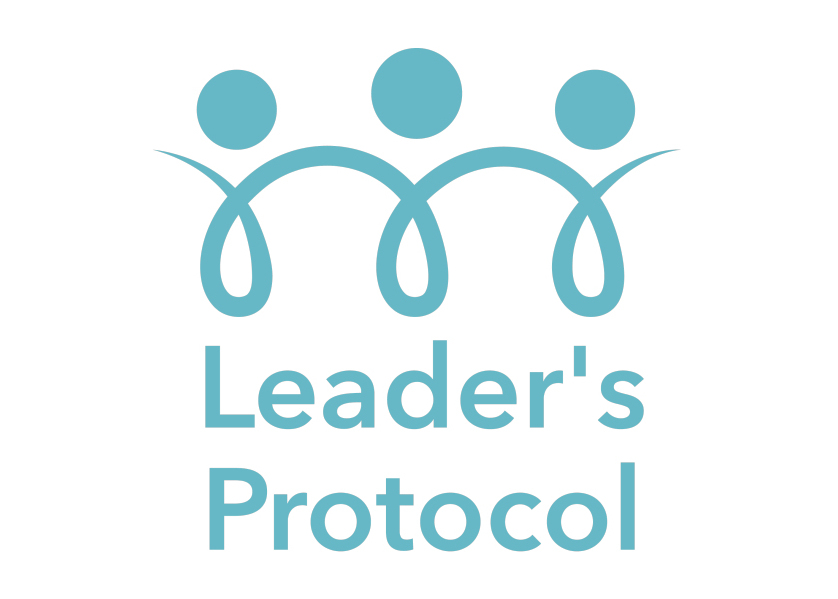When the execution action begins, the focus has to centre on those leaders who will do the heavy lifting and grind out the progress. Engagement with these tiers of leadership cannot be underestimated in ensuring that intent does indeed become reality.
Phase 2 of our engagement revolves entirely around the line management community. Defining that community is quite easy. It’s those people who are not considered the leadership team of the business but do have leadership responsibility. This tier of the business is arguably the most important in translating strategy into execution. This is because they are the people who will really get their hands dirty in ensuring that tangible progress is being made on a day-to-day basis. Given the right strategic direction, this group of people are the critical success factor in engaging their teams and most importantly cohesively working together as a peer team themselves. It may be that there are more than one layers of leadership that may be addressed in different ways or combined as a larger quasi-peer group, comprising various line management sub groups that can usually easily be grouped to provide support for one another.
THE ROLE OF THE LINE MANAGER
Sometimes sandwiched between the leadership team and the broader employee population, the line manager could be said to have the hardest job in the business juggling the needs of the team she leads and ensuring that the broader corporate Direction is being followed. In the case of strategy execution it’s vital that their understanding of what is required is contextualised and shared in a way that is A two-way communication process that goes far beyond the classic Cascade.
The leadership team will expect line managers to perform and Lead their teams hugely contributing to the success of the business. It’s vital therefore that their role is respected and that they’ll listen to as well as communicated with. This approach will undoubtedly improve their engagement, likely improve the environment for them to work together as a peer team, and enable them to demonstrate to their teams that their views are valid and they are respected as an important component of the business success.
REPEATING PHASE 1 WITH THEM – INFORMED BY THE LEADERSHIP TEAM PROCESS
The outputs from the leadership team process were presented to the line management community by the leadership team. This offers an authentic way for the C-suite to share their experience, demonstrate and role model vulnerability, explain their learning, and generally positively develop their relationship and levels of trust with their wider team, sharing information that is both vitally important for success and most likely will increase the level of Engagement from their teams. Especially important was to discuss what the organisation was trying to cause. This choice of language usually helps people frame their professional life in a slightly different way. We often talk about what we do at work or what successes and failures we’ve had at work. We probably infrequently talk about or frame conversations about what we’re trying to cause at work. Almost every organisation is trying to cause something and understanding the very essence of what that is provides a richer context for the rest of the team’s work through this process to take place. The notion of cause can also be applied at the personal level. Asking people to consider what they personally are trying to cause helps join together their collective reason for being alongside their more personal and maybe private rational desires and practical reasons for the work they do. Asking them to share their thoughts can be a powerful exercise to help build trust through collective demonstrations of vulnerability, helping us understand our colleagues far better than we have previously, which in turn has been shown in many situations to create higher performing teams against almost any criteria you would wish to measure.
At this stage constructive dialogue is encouraged and facilitated in order to provoke some constructive conflict create real conversation about the real issues and most importantly set the line management team up for their journey, equipped with the raw materials as to how they will become the conduit that will translate strategy into execution and then go on to deliver it.
UNDERSTANDING THE STRATEGY, AND WHY ITS RELEVANT FOR ME
It’s important before getting into the details to create the environment for this group for them to believe and understand that they are a team. We used the Myers-Briggs tool to help them understand their behavioural preferences and how they could work optimally as a team drawing on each other’s strengths and recognizing ways of working that may be quite alien to what they practise as individuals on a day-to-day basis. Predictably this exercise is good fun, helps people to get to know each other better, and often allows conversations to take place which otherwise May well not have done. The outcome from this exercise helps the group become a team by increasing their trust in one another, expressing commitment to the process, and welcoming constructive conflict as a useful tool for them to collectively develop.
HOW DO I CONTRIBUTE AS A LEADER IN THE BUSINESS – WHAT ARE MY TEAM’S GOALS
The foundation stone of this part of the process was for the group to fully appreciate and embrace that they are a team and that this is their first team. They will each have a functional team beneath them for which they are accountable to lead, however the team that is most important for their collective success comprises the people in the room with them at that moment.
Continuing from the discussion with the leadership team about the strategy, time was now spent getting the group to synthesise their learnings and contextualise what they had heard from the leadership team into language processes and artefacts that were most relevant for them and those they lead. This prerequisite of really understanding the strategy was vital as a prelude to them considering their goals for the coming year.
Most company targets are lagging indicators meaning that success or otherwise will only be known after the event. For example a percentage increase in profitability can only be measured after the period has expired. Such measures are very unhelpful for operational managers and leaders to use as a basis for targets because they cannot measure their progress effectively and often they do not own the target.
We needed to change the thinking of the group to consider leading indicators that could be used to predict the performance of the lagging indicator. For example, if the group knew customers were particularly satisfied if they experienced XYZ, then focusing on XYZ as their measure could be a reliable predictor of customer retention improving at the end of the period, which is a lag indicator. This approach needs the line manager team to both have confidence in themselves as subject matter experts, knowing their business, and the ability to translate lagging indicators into leading indicators.
Demonstrable empathy and respect is essential at this stage of the goal setting process. The noise in any organisation that line managers deal with on a day-to-day basis cannot be underestimated. It’s likely that even with world class efficiency and automation programs that the majority of the noise will not go away or will be replaced by new noise. This cannot be understated and helping line managers compartmentalise the time they need to focus on the strategic goals recognizing that they need to keep routine BAU activities underway at the same time is important to maintain and develop empathy and trust and recognize their challenges whilst at the same time being explicitly clear about the need for focus and relentless execution on the strategic goals.
Prioritisation featured explicitly in the conversation. As is usual, we had a surplus of excellent ideas that could be implemented to improve the business. The team debated themselves and started to form their own discipline as to how they focused on only the best ideas that will contribute to the strategic goals and move the needle discounting some valuable suggestions which we kept a note of. This was not an easy session with signs of hostility and frustration occasionally being evident. It concluded as a work-in-progress with some detail yet to be finalised.
BENEFITS
At the end of this phase the leadership Community as a whole across the Enterprise from the CEO to the most junior line manager had a consistent and collective understanding of the business strategy. This brought together the leadership community in an aligned cohesive way such that they had a reinforced understanding of the business’s reason for being and its future plans, clear to all those who own targets or metrics which will determine in large part the business success.
The leadership community spent quality time together and improved their interpersonal relationships. Trust increased, vulnerabilities were exposed, constructive conflict was encouraged, and accountabilities were made clear – with lots of smiles and some fun being had too! Personal preferences, behavioural styles and ways of working were demonstrated across the team in a safe and positive environment, recognising (sometimes for the first time ever), the diversity of skills and personalities in the room. These experiences are fundamental in developing high performing teams and by creating an environment where this has been practised, everyone is now equipped with the process and structure to continue their journey – if they wish.
A bunch of stuff was created to be used as consistent collateral to onward communicate, to use as baseline source data, and maybe most importantly as a North star around which the organisation can focus its efforts. Tangible and physical outputs from this process are also important to show to the wider population explaining what the leadership community has been doing together, why it is important, and probably most importantly what it means for them, which alone has also been shown to improve working relationships, engender greater trust, bring clarity and focus, and improve retention. This phase as a standalone exercise measurably improves the performance standards of the team and ensures solid foundations on which to build the future.
Finally, let’s not forget that it is perfectly possible that the change journey the organisation is pursuing may not be for some people. Creating the environment where colleagues may choose a different path either within or outside the organisation often provides a cathartic experience for all concerned.




